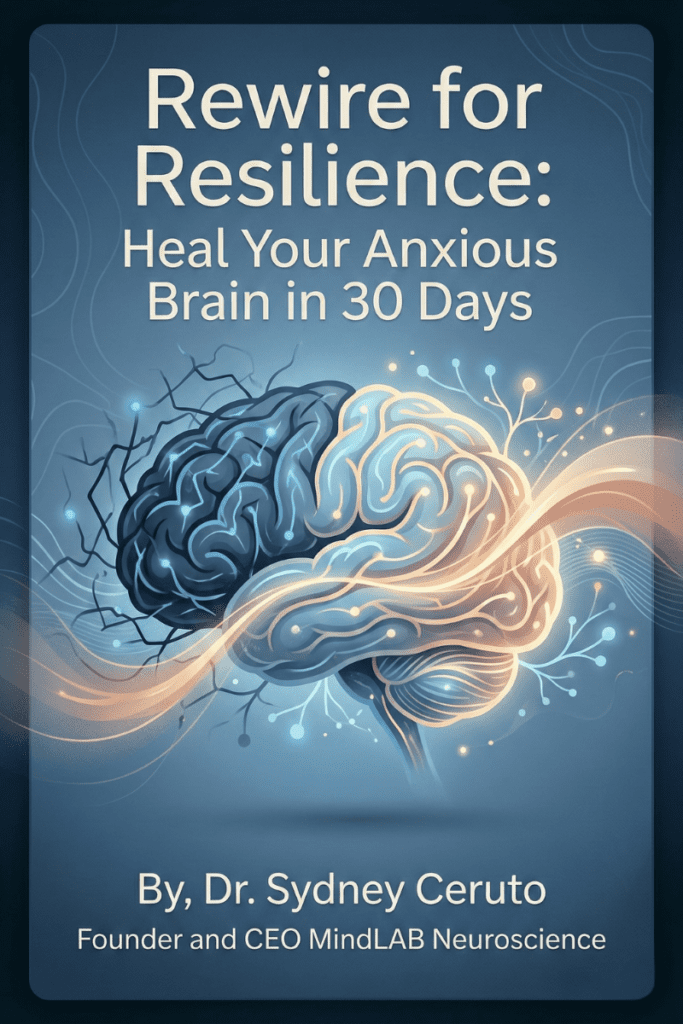I can’t emphasize this enough; your mood when you enter into a conversation defines how successful it will be.
Many of my clients struggle with relaxing before conversations quite a bit. But after they see me and learn how to enter into a heated discussion properly, they have reported back to me how being relaxed and calm at the start, makes it much easier to be patient, open-minded, and empathetic. Relaxing their body seems to take their brain as far from the fight or flight response as possible, and thus they are freer to focus on the other person in the conversation instead of themselves. This has saved them from countless arguments with their partners, family members, and even co-workers and bosses.
Top 5 Relaxing Before Conversations Techniques You Should Follow
Focusing on what your partner is saying rather than preparing an immediate response, although difficult, even for me at times, is what is needed to quell fights and save you from ensuing regrets. That’s something many of my patients struggle with, but “setting yourself up” in a calm, steady head-space helps stop you from shifting into response preparation mode. See, when you relax your body, your mind often follows. For example, if I’m nervous or angry, but consciously breathe deeply and evenly, the nerves and ire lessen as my body calms down. I don’t let my emotional brain take over, instead, I press pause, and let the logical, reasoning parts of my brain do their job.
One thing I teach all my clients, (especially couples) is to try to relax and regulate their breathing when they get upset and feel like tempers are beginning to flare. More than any other emotion, anger triggers the amygdala. When someone is experiencing and expressing anger, he or she is not using the thinking (cortex) part of the brain, but primarily, the limbic center of the brain. And of course, that can greatly hinder any conversation you are attempting to have.
The data coming in from the person we are trying to converse with, often times from our significant other passes through the amygdala where the decision is made whether to send the data to the limbic or cortex area of the brain. If the incoming data triggers enough of an emotional charge, the amygdala can override the cortex, which means the data will be sent to the limbic system causing the person to react using the lower part of the brain.
During an overriding event, the amygdala goes into action without much regard for the consequences (since this area of the brain is not involved in judging, thinking or evaluating). This reactive incident has come to be known as an amygdala hijacking, and once that happens…….all bets are off.
When the amygdala is hijacked, a flood of hormones are released that cause physical and emotional alarm. A surge of energy follows, preparing the person for the fight or flight response. The impact of this hormonal flush lasts for several minutes during which time the person is usually out of control and may say or do things he or she will later regret later when the thinking part of the brain reengages.
In my 90 Day Total Transformation Program, I teach my clients many different, but equally effective methods for working through anger. Often clients feel angry as a learned defense mechanism, so removing themselves from the person and surrounding circumstances can help quite a bit. Other times there are specific triggers that elicit deep-seeded anger or rage.
So, here’s one recommendation: figure out which emotions make it most difficult for you to be calm, relaxed, and open. Put up a sticky note on your bathroom mirror or a reminder on your phone. And then the next time you feel that emotion, try a breathing exercise. Notice your heartbeat and how it changes as you breathe more slowly and evenly. It’s okay if your thoughts are racing or if thoughts aren’t present at all; the important thing is to focus on your breath.
If your thoughts continue to race, imagine each thought as a raindrop. It’s there and then it’s gone, like when you stand and watch the rain. You don’t really see individual drops because they fall so quickly. But you do see hundreds, thousands of them just sliding past, falling in and out of your line of sight. If it helps, imagine racing thoughts like that – present, but gone. Let them exist, but don’t dwell on them.
There’s no one method that works every time, for every person, so I work with each patient tirelessly, until we find a solution that keeps them calm, less reactive, and in control of their anger.






